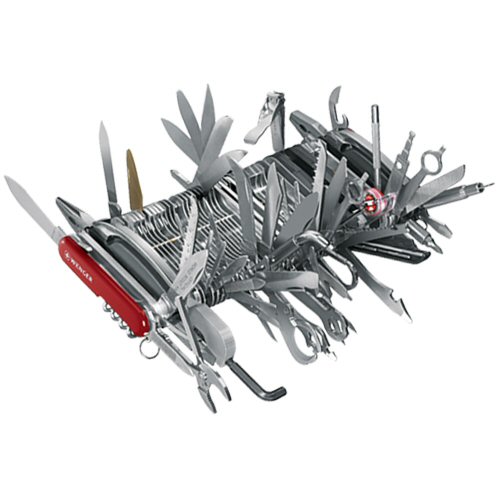dsm wrote: SWS Your logic at times loses me
Friend, I am truly flattered! I feel as if I just single-handedly contrived Zeno's Sleep Disordered Breathing Paradoxes for you!
But I agree that we have slightly different logical interpretations of precisely what that Respironics marketing literature implies:
Respironics BiPAP AutoSV Presentation wrote:Indications for Use- To provide non-invasive ventilatory support to patients for the primary treatment of Obstructive Sleep Disordered Breathing with secondary Central Sleep Apnea and/or Cheyne Stokes Respiration (CSR).
dsm wrote:the SV... it was designed to address OSA plus !
Respironics' statement explicitly says that this machine is intended to treat a compounded condition: a primary breathing condition compounded
with a secondary breathing condition---and that they will use a compounded treatment approach (which I have expounded on in great detail rather than ignore).
However, your logic takes that Respironics explicit wording and decouples that compounded condition. You proceed to assert that if this machine can treat a compounded primary and secondary breathing condition, that it can surely treat the primary condition alone! That may be a true statement, and probably is. But what are the ramifications and dynamics regarding disturbance-related pathophysiology---regarding say a 1 or 2 second pressure increase on the order of 8 or 10 cm in response to heavy occlusion? And why did Respironics completely drop their OSA intent for this PAV technology back in 1994?.
Back to logic, my friend. Here's where your logic starts plugging in inferences. Once you have decoupled the machine's design intent from treating a compounded condition to optionally treating
only the primary condition, you imply that the primary condition will somehow be treated with increased OSA benefits. You then infer that OSA gets "tidied up".
Hmmm... So airway inflation somehow doesn't work for the OSA platforms that successfully treat OSA for so many? So is 15 cm inflationary pressure somehow more or less inflationary pressure on any given xPAP platform for vanilla obstructions? Which standard vanilla obstructions couldn't your sleep doc "tidy up" with spontaneous BiLevel and why? And why is it that your "vanilla OSA" can only receive proper OSA inflation with a machine that backs your breaths up at the occurrence rate of 40 to 70 breaths per hour?
So does OSA really get "tidied up" here where all the other machines have failed to inflate? So what is really getting "tidied up" here? After all, aside from those 40 to 70 backup breaths you receive per hour, how can you know
when you get "OSA tidied up" and when you get "respiratory controller tidied up"---let alone by a machine that is designed to tidy up respiratory controller gain?
dsm wrote:Respironics tell us it is gets titrated like a bilevel and addresses primary OSA and secondary centrals and irregular breathing.
I don't understand why you keep ignoring/distorting this fact ?
I'm not distorting anything that I am aware of, Doug. The Respironics statement says that it will treat a compounded condition and that is what I have been adhering to all along. But to say that the SV is good to treat standalone OSA distorts Respironics words---despite probably being true. However, to say or imply that SV will treat obstructions better via "tidying up OSA" remains to be substantiated by evidence-based medicine.
In fact, Respironics claimed just that in a 1994 patent, and then dropped OSA from PAV altogether! To this day Respironics essentially says "Hey! Get any obstruction stented and out of the way first, so that PAV can be used to compensate respiratory controller gain problems". So far nobody's claiming PAV tidies up OSA other than Respironics in 1994 (claim dropped) and DSM in 2008 (claim still avidly contended).
Regardless of our different interpretations: Cheers, my friend!
.














